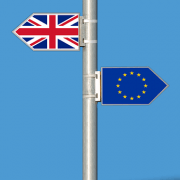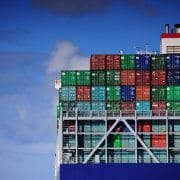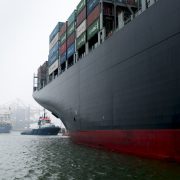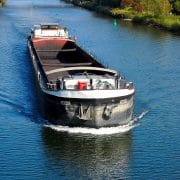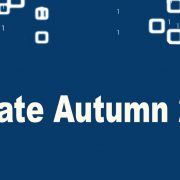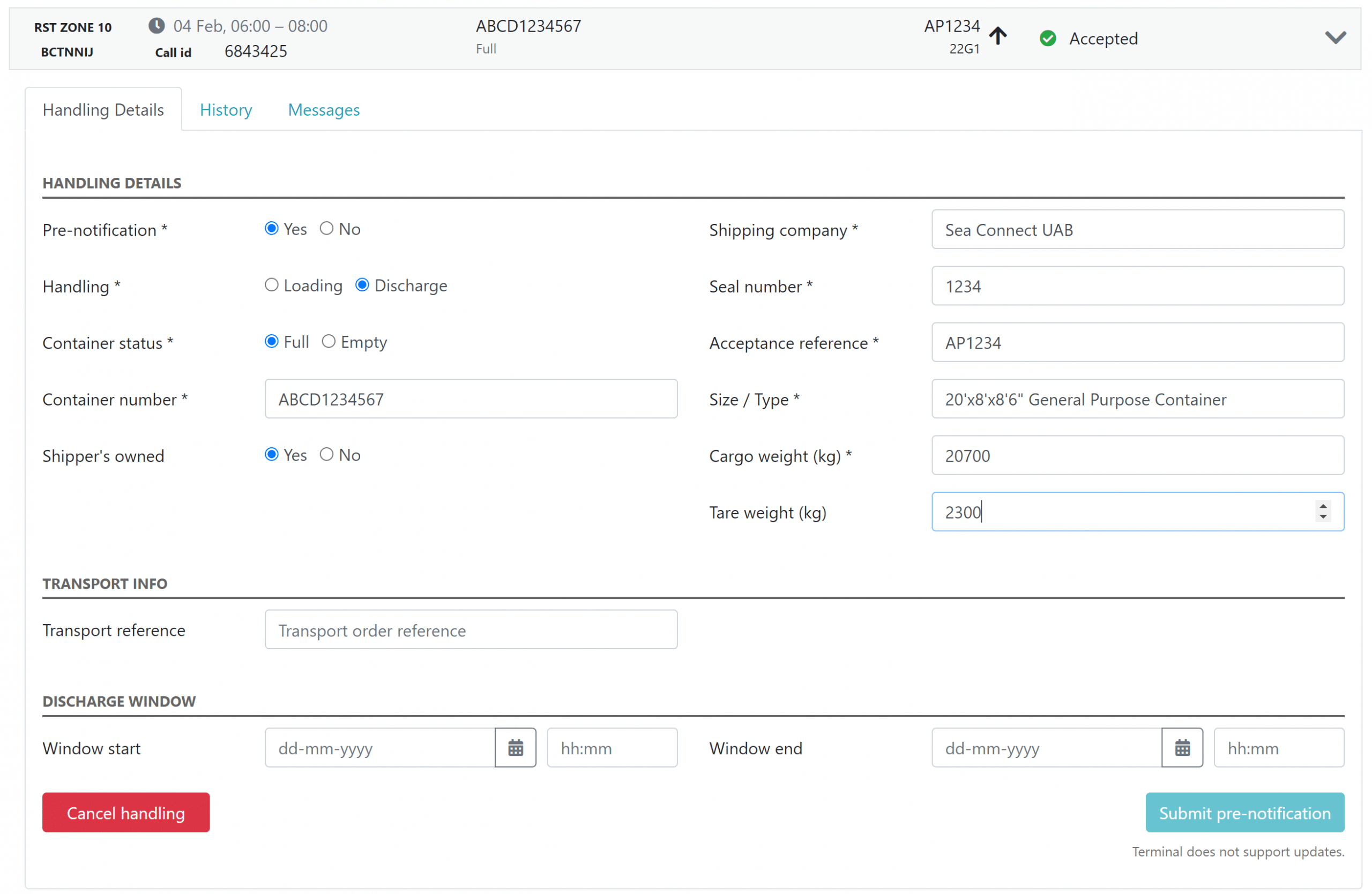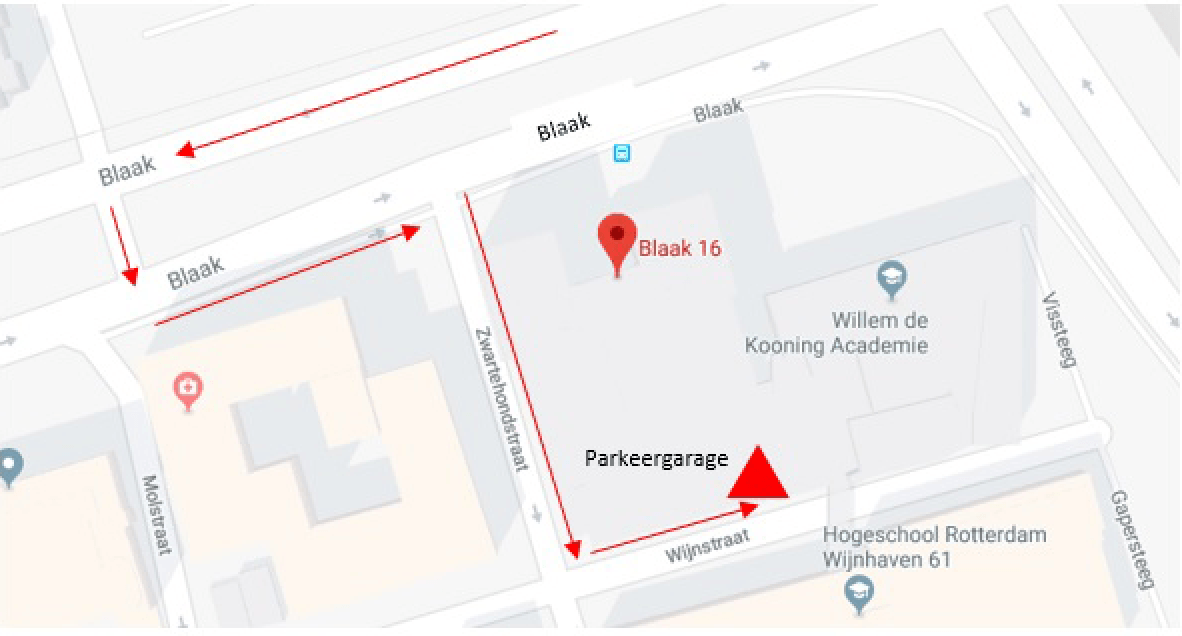Just a few more days until customs procedures are in effect for transport to and from the United Kingdom. We would like to point out the final necessary information for helping you to always smoothly transport cargo through the Dutch ports as of the 1st of January as well.
Top 3 most frequently asked questions:
1- Which document type and number do I need to enter in the services?
A practical manual is available for the use of the correct document types in Notification Export Documentation. This features all you need to know about the pre-notification of export documents, ATA carnets and TIR carnets. The manual is available on our support page for Notification Export Documentation.
A manual for the document types for Notification Import Documentation has been available on the website of Customs for some time already.
2- What is the operational procedure after Brexit for TIR transport, NCTS transit documents or for empty packaging?
Over the past few weeks, both the Netherlands Food and Consumer Product Safety Authority (NVWA) and Customs have issued important information on the new procedures that will be in effect as of the 1st of January. Many of these procedures are described on getreadyforbrexit.eu/meer-over-brexit (in Dutch), for example in relation to NCTS transit documents, TIR transport, returning empty packaging and customs inspections at the ferry terminals. For an English explanation, please contact the Brexitloket.
3- The transport of my shipment commenced before the 1st of January, but will arrive at the terminal of departure after the 1st of January. Do I need to submit a declaration?
Customs has drawn up guidelines for determining the customs status ‘EU goods’ or ‘non-EU goods’, for both inbound and outbound cargo. You can read the guidelines on Get Ready For Brexit (in Dutch). Do you want to know what this means for your document pre-notification in our services? Then view this explanation.
And your 3 final tips:
1- Log in one last time and discover how the Brexit services work
Make sure that all your users log into the Brexit services one last time in December. This allows you to easily verify whether the passwords are up-to-date and whether the users require any further explanation. Need instructions? Visit Portbase Support.
2- Optimally prepared for disruptions
The availability of the Portbase services is high at 99.95%, but every disruption is one too many. Portbase understands that you want to be immediately notified in these situations. We will report any disruptions on status.portbase.com. You can sign up for notifications by email or text message in the case of disruption. Backup procedures have been established for all our services that help you to continue working should there be a disruption to the Port Community System, the customs system or a terminal system.
3- Track & Trace options
The services Track & Trace Export and Import Status provide you with real-time insight into the status of your shipment. Both services can only be accessed via web screens. Are you looking for track & trace options via a system link-up? Our services Cargo Tracker and Cargo Information are also suitable for the tracking of trailers and are available by means of a system link-up.
Do you have more questions? Visit Portbase Support or contact us. The Service Desk is happy to assist you. You can reach us via servicedesk@portbase.com or on +31 (0)88 625 25 25.


